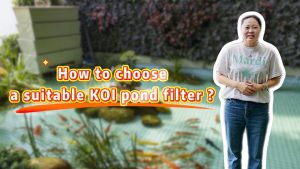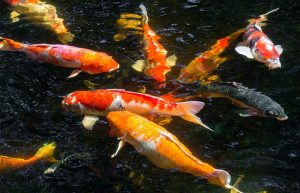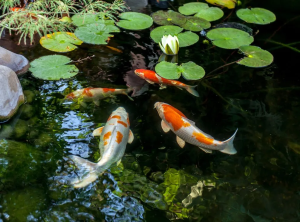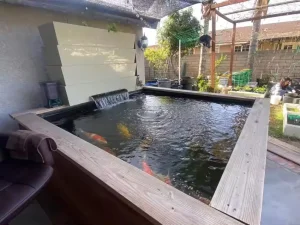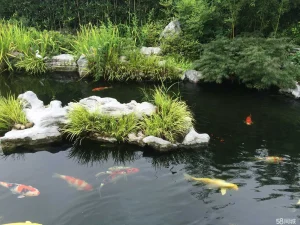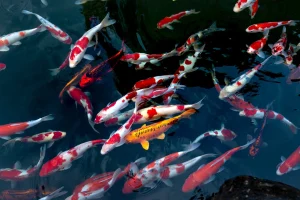Maintaining a beautiful koi pond in Southeast Asia’s hot and humid climate presents unique challenges. To ensure the pond’s cleanliness and the koi’s health, a detailed maintenance plan is essential. This guide combines the specifics of Southeast Asian weather with daily maintenance tips and ozone pond filters to optimize water quality management.
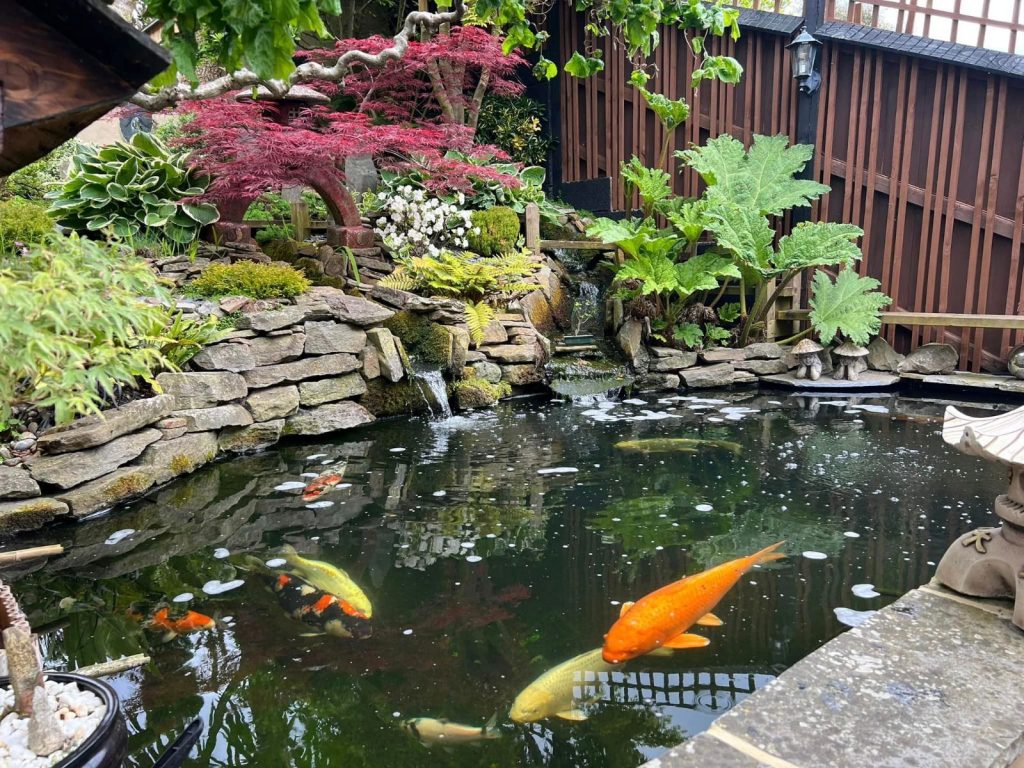
1.Characteristics of Southeast Asian Climate
Southeast Asia primarily experiences a tropical monsoon climate, characterized by:
- High Temperature and Humidity: Consistently high temperatures and humidity levels, ideal for koi growth but conducive to bacteria and algae proliferation.
- Heavy Rainfall: Significant rainfall during the wet season can cause fluctuations in pond water quality.
- Distinct Seasons: Alternating dry and wet seasons lead to significant changes in water temperature and quality.
2.Daily Maintenance of the Pond
1. Cleaning the Pond Surface
In hot and humid climates, debris like leaves and insects accumulate easily. Regularly use a pond net or an automatic surface skimmer to remove floating debris, preventing it from settling on the pond floor and affecting water quality.
2. Checking Water Quality
Daily inspection of water clarity, color, and odor is crucial, especially during the rainy season. If water quality deteriorates, take immediate action such as partial water changes or cleaning the filtration system.
3. Water Changes
Due to high temperatures and evaporation, changing 10% to 20% of the pond water weekly helps maintain stable water quality. Pay attention to temperature and quality changes during water changes to avoid stressing the koi. Use dechlorinators to treat tap water, ensuring it is safe.
4. Feeding Management
In high temperatures, koi metabolism speeds up, but overfeeding can lead to leftover food contaminating the water. Feed small amounts multiple times a day, monitoring the koi’s appetite and health, and adjust feeding quantities accordingly.
5. Monitoring Koi Health
Hot and humid climates are conducive to bacteria and parasites. Observe the koi daily for any abnormal behavior or appearance, such as scale loss, wounds, or parasites. Isolate and treat any sick fish promptly.
3. Using Ozone Pond Filters
1. Advantages of Ozone Filters
- Efficient Sterilization: Ozone quickly kills bacteria, viruses, and parasites in the water, effectively preventing fish diseases, making it ideal for humid climates.
- Organic Matter Removal: Ozone breaks down organic pollutants in the water, reducing algae and other microorganisms.
- Water Quality Improvement: Ozone-treated water is clearer and healthier for koi.
2. Installation and Maintenance
- Installation Location: Install the ozone filter in the pond’s circulation system to ensure treated water is evenly distributed throughout the pond.
- Regular Checks: Weekly checks of the ozone filter’s operation ensure it functions correctly. Regularly replace filters and other consumables to maintain effectiveness.
- Safe Usage: Ozone is a strong oxidizer, so handle it with care to avoid direct contact. Ensure the equipment is installed in a well-ventilated area to prevent ozone leakage, which can be harmful.

